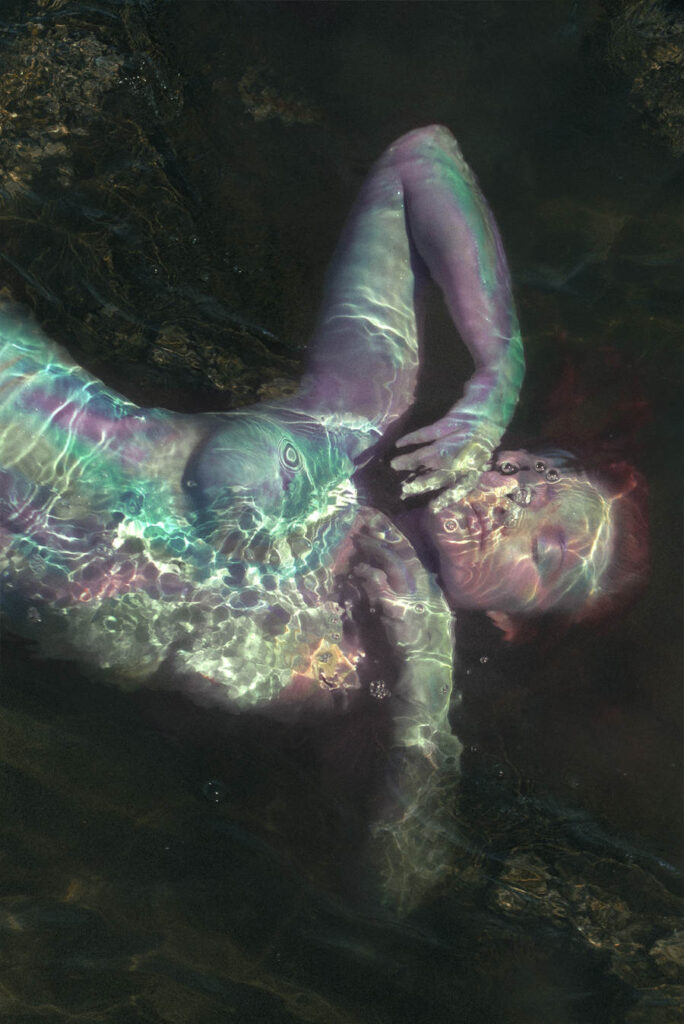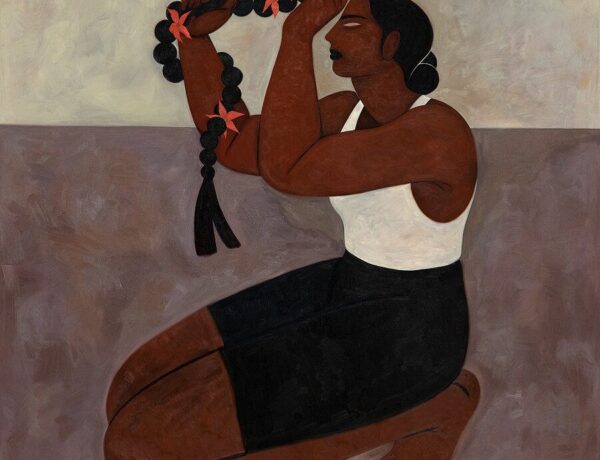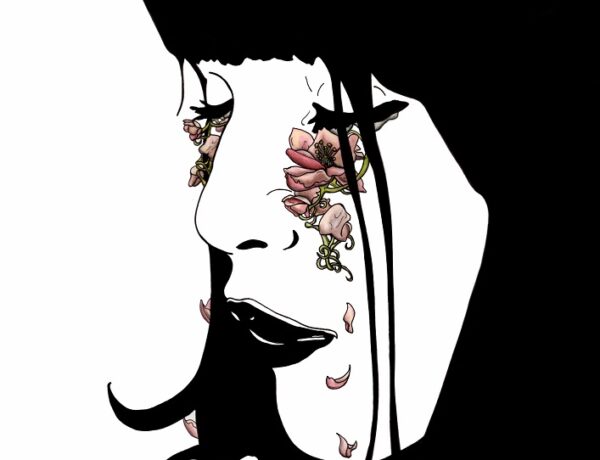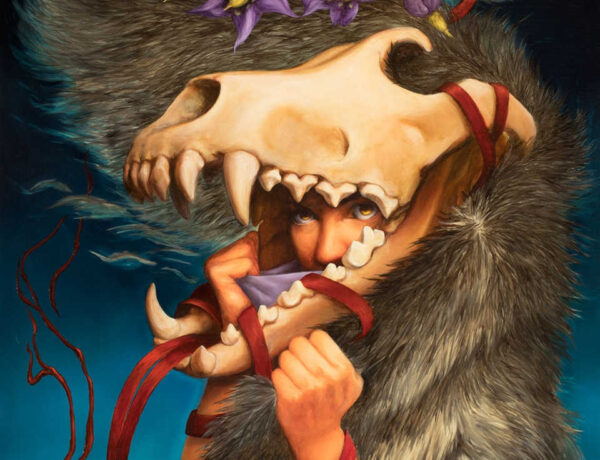The Quick Q & A editorial in Beautiful Bizarre Magazine is a much loved regular feature, in which we ask 6 artists the same 4 questions. In the June 2019 Issue 25 these were the Quick Q & A questions:
- How did you find and develop your personal aesthetic?
- How has social media changed your practice? Do you include less nudity in your work now to fit their censorship standards?
- What obstacles have you encountered as an artist, and how did you overcome them?
- How do you market yourself and your art to gain recognition from galleries and collectors?
We feel that the artists’ responses provide such a valuable insight for our community of artists that we wanted to share one Quick Q & A response from each issue with you, going forward. The June 2019 Issue 25 print issue is sold out, but you can download the digital magazine via our webstore to read more. To ensure you never miss an issue again, you can also subscribe to Beautiful Bizarre Magazine, and have each issue sent straight to your door each quarter.
Excerpt from Issue 25 // June 2019 Quick Q & A editorial: Artists Adeyemi Adegbesan, Natalie Foss, Martin Stranka, Chieko Ito, Marina Mika, and Beth Mitchell respond to the below Quick Q & A:
What obstacles have you encountered as an artist, and how did you overcome them?
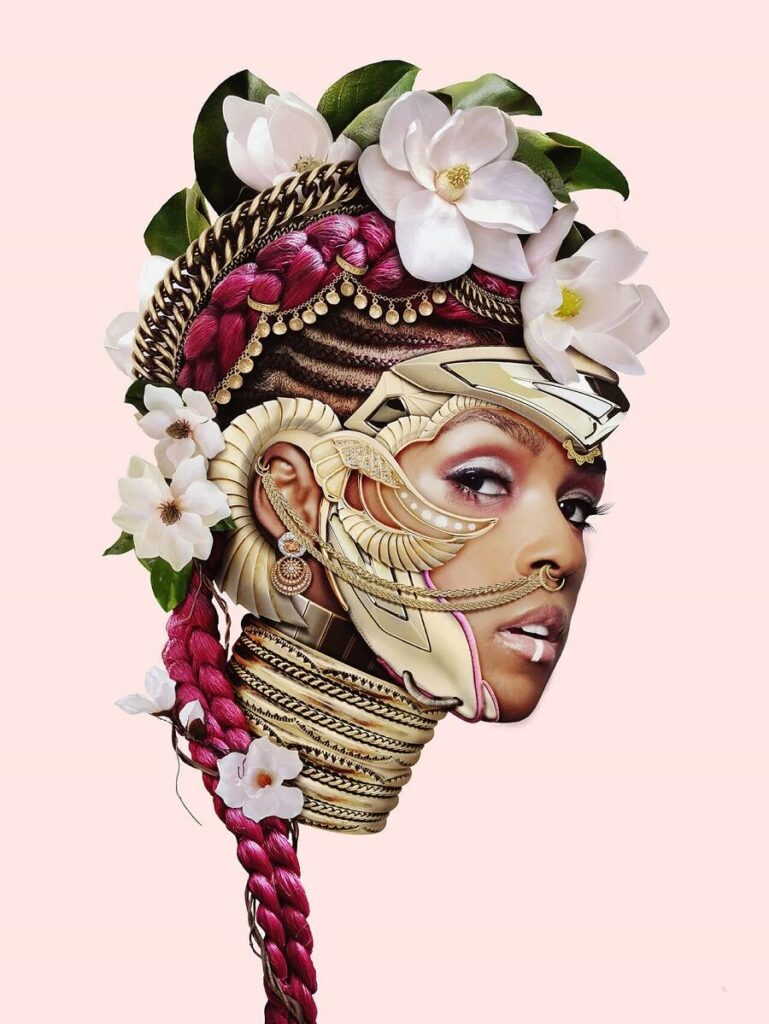
“I think the main thing for me is just the reception of fine art that features black people. I think it’s starting to change, and there are obviously a lot of very high profile artists that make work centered on black people and black culture, but still I think the fine art market isn’t fully receptive to this kind of work. Overcoming this has been a combination of trying to reach audiences outside my own country (Canada) and having work that is accessible online as well as commercial collaborations. My aesthetic and my visibility online have allowed me to get some great commercial projects with high profile brands, which supplement my income and add to the visibility and acceptance of my work.”
“The biggest obstacles I’ve encountered as an artist are definitely my self-confidence and self-esteem. I guess I haven’t really overcome them yet, it’s still a work in progress, and I think that’s a common thing for a lot of creative people. I try to remind myself that I actually can draw, and I also challenge myself to draw the things I’m not good at to become more confident. I think practicing really is the key. Another obstacle is that I currently live in a city where I feel I don’t fit in. I’m planning to move to London, which will be tough, but hopefully it’ll be a good change for my practice as an artist and illustrator, there’s more space for creatives there!”
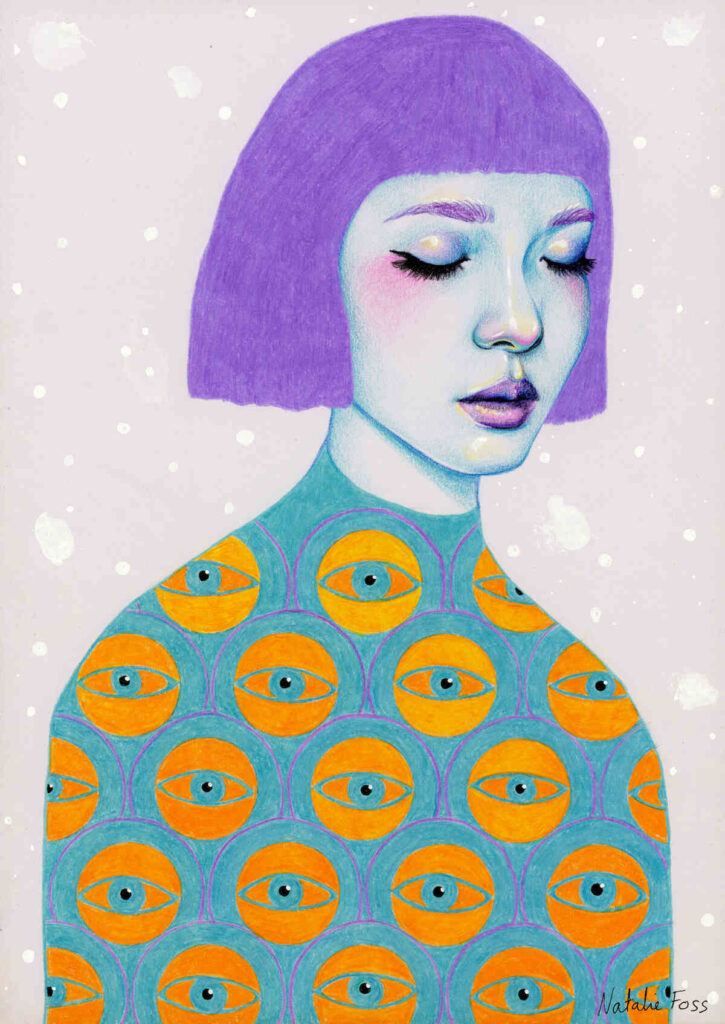
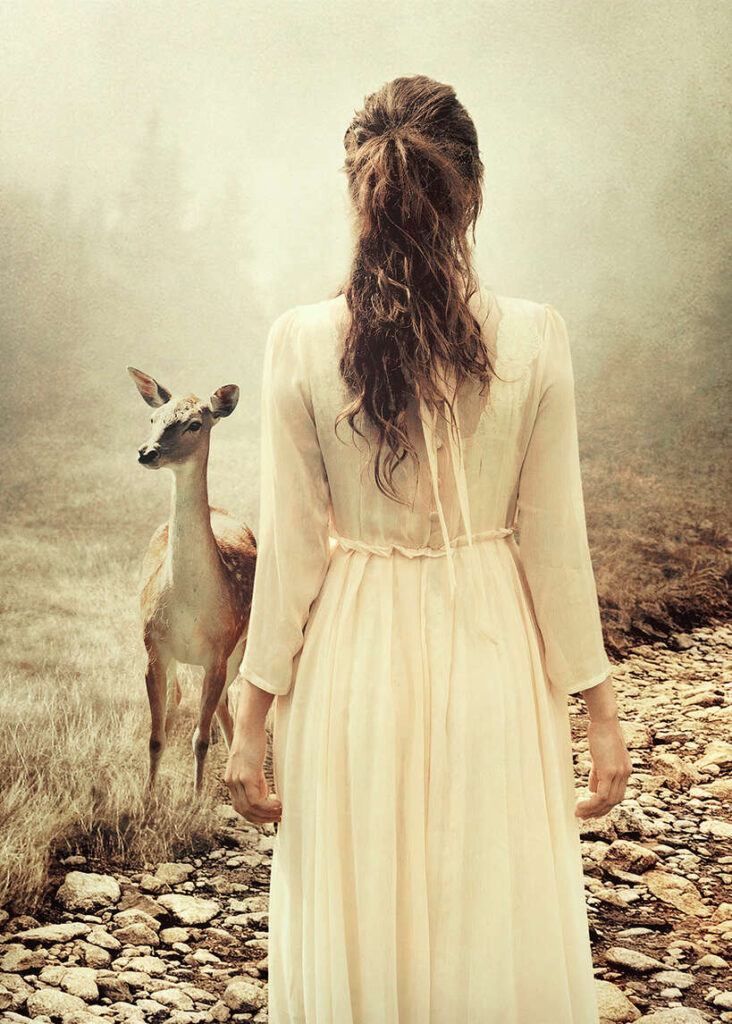
“The creative process is always the most satisfying, but on the other hand it is also the most demanding and time-consuming. I can say that execution is one of the biggest challenges and obstacles that I have to deal with. For example, my artwork Until You Wake Up is my strongest shot so far. I took the image during winter, I knew that shooting the scene indoors, in a big studio, wouldn’t capture the freezing atmosphere, so we decided to go out. It was really cold, –15°c, but the cloudy sky created amazing soft and diffused natural light. I was able to borrow a 1971 Jaguar XJ6 from a friend who restores old cars, then we rented a crane to flip it over and create the scene.”
Chieko Ito
“Childbirth and moving home both changed my life considerably, and there was a long time when I could not switch over into a mindset of creating work and make any new pieces. However, in 2017 when I held a solo show for the first time in five years, I realised again how much I need to make work and present it to the people. I’m still limited now in my time and what I can do, but my desire to make work is – on the contrary – even stronger than before I had a child. Even though the number of works I can make is limited, I want to give each individual work as much impact as possible and devote my full attention to creating it.”

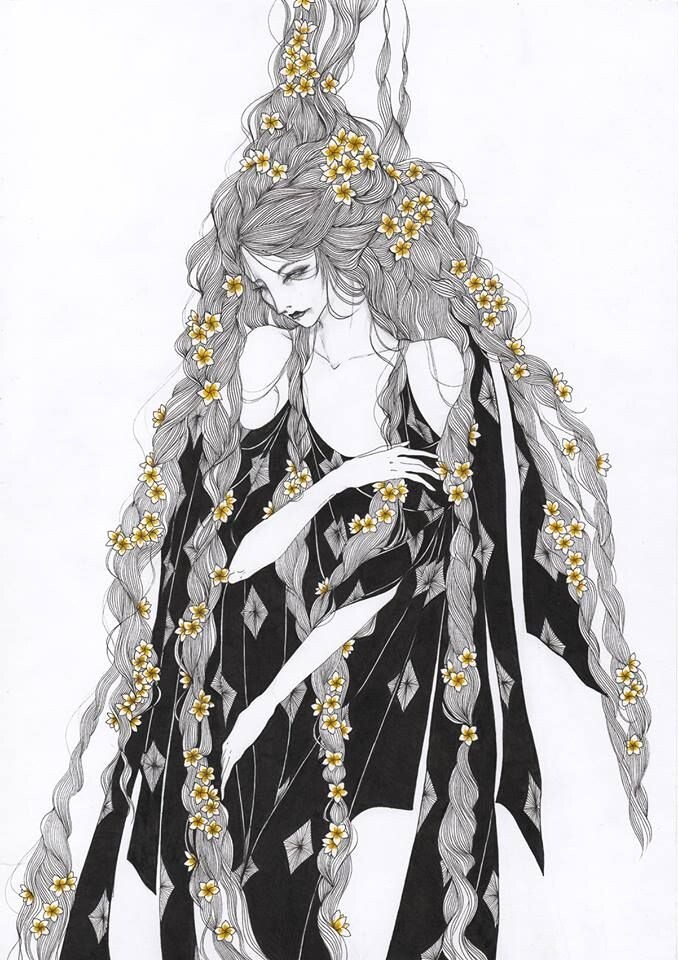
“As a young emerging artist, and as a person who can be quite naïve from time to time, I never understood the copycat world of wannabe artists who try to gain clicks by stealing other artist’s styles and images. Every original artist encounters this problem today, where everything is online and shared worldwide. My other obstacle was more personal. After finishing university I felt the pressure to apply for a 9-to-5 job in a graphic design studio. But the thought of it just did not resonate; I did not feel comfortable with trying to fit in and was growing depressed by the life being pushed on to me by society. After reaching a breaking point I decided I can’t live without making art and made it my career.”
“Being a young Australian photographic artist, I find myself always looking for a place to artistically “slot in”. My medium of choice has had its limitations in a traditional fine art context, resulting in a tricky to navigate journey as an artist. I have never been content just shooting commercial photographic imagery and am a big advocate for contemporary photographic art. The rise of social media has certainly helped raise the profile of photography as an artistic medium, removing the barriers of relying on a third party to convey your art to potential collectors. Many artists would agree that the pathway for an artist isn’t clearly set out, and as a result setbacks or slow progression are part of the overall artistic journey.”
